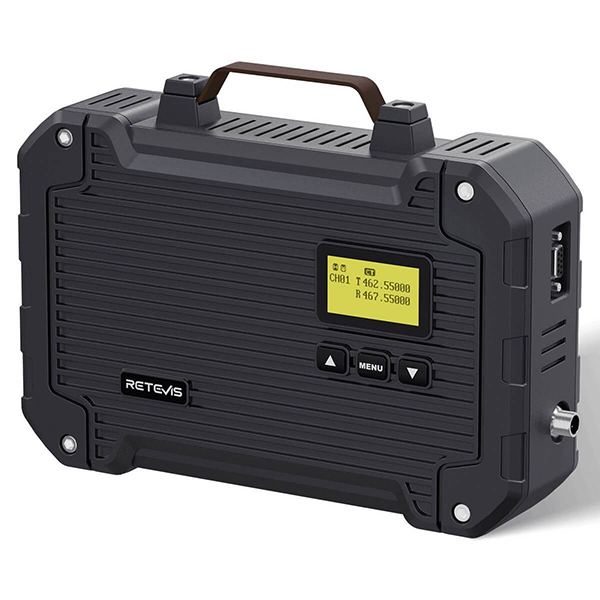RT97L Repeater Installation Tips for Remote Farms with Harsh Weather Conditions

RT97L Repeater Installation Tips for Remote Farms with Harsh Weather Conditions
Reliable Farm Communication in Extreme Environments
For remote farms battling harsh weather—heavy rain, dust storms, freezing temperatures, or scorching heat—the RT97L Repeater provides durable, long-range communication with IP66 waterproof protection and even signal distribution. However, proper installation is key to maximizing performance.
Here’s how to set up your RT97L for reliable coverage, even in tough conditions.
Pre-Installation Planning
1. Assess Your Farm’s Layout
-
Identify dead zones (valleys, dense tree lines, metal barns)
-
Map critical areas (barns, pastures, equipment sheds)
-
Measure distances between key locations
2. Choose the Right Location
High elevation (silos, water towers, barn roofs)
Centralized position for even coverage
Sheltered from direct wind/rain (under eaves if possible)
Weatherproof Installation Steps
1. Mounting for Durability
-
Use stainless steel brackets to prevent rust
-
Secure with UV-resistant cable ties for added stability
-
Ensure the repeater’s ventilation ports remain unobstructed
2. Antenna Setup for Optimal Coverage
-
Directional antennas – Best for long, narrow fields
-
Omnidirectional antennas – Ideal for 360° coverage
-
Lightning arrestors – Essential for storm-prone areas
3. Power & Wiring Protection
-
Conduit piping shields cables from rodents/weather
-
Solar + battery backup ensures uptime during outages
-
Surge protectors prevent electrical damage
Harsh Weather Maintenance Tips
After Heavy Rain – Check for water seepage (even with IP66 rating)
Dust Storms – Clean antennas and vents
Extreme Cold – Verify battery performance
High Heat – Ensure proper shade/ventilation
Final Checklist for Harsh-Weather Readiness
Elevated, centralized mounting
Proper antenna alignment
Weatherproof cable management
Backup power solution
Seasonal maintenance schedule
Conclusion: Built Tough for the Toughest Farms
The RT97L Repeater is designed for remote farms facing extreme weather—but proper installation ensures it performs flawlessly. By following these steps, you’ll get:
Farm-wide coverage (no dead zones)
IP66-rated weather resistance
Reliable comms in blizzards, dust storms, and heatwaves







